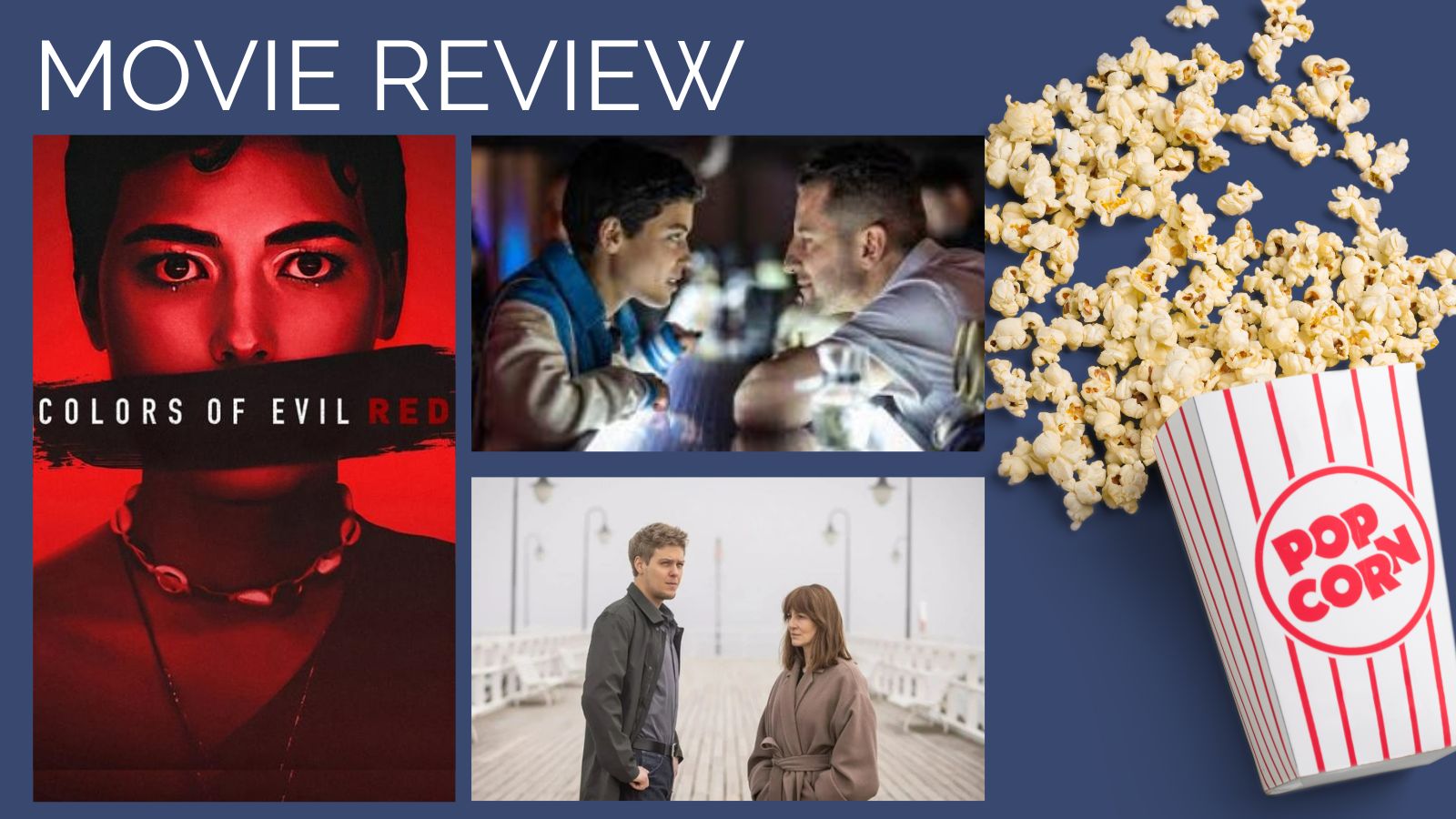
When Netflix released Colors of Evil: Red, viewers expected another gloomy European crime drama. What they got instead was a slow-burn psychological thriller drenched in atmosphere, complicated family ties, and enough twists to keep anyone second-guessing their instincts until the final frame. Directed by Adrian Panek and based on Małgorzata Oliwia Sobczak’s bestselling novel Kolory zła. Czerwień, the 2024 Polish film is a haunting meditation on grief, justice, and the corruption that seeps into every corner of human relationships.
Set against the cold, unforgiving coastline of Poland’s Tricity—Gdańsk, Gdynia and Sopot—the story opens with a horrifying discovery: the mutilated body of a young woman washes ashore. The victim, Monika Bogucka, is the daughter of a respected judge, Helena Bogucka, played with striking restraint by Maja Ostaszewska. Her grief becomes the emotional anchor of the film, propelling her into a desperate search for truth when she realises the investigation is being steered toward convenient conclusions rather than real answers. Opposite her is the ambitious young prosecutor Leopold Bilski, portrayed by Jakub Gierszał, whose determination to prove himself quickly tangles him in the darker web of the case.
Visually, Colors of Evil: Red is a masterclass in composition. Cinematographer Tomasz Augustynek bathes the film in bruised blues and ash-grey hues, allowing only the colour red to blaze through the frame—lipstick stains, neon club lights, and police evidence bags all become part of a visual language that speaks of danger, rage, and the price of secrets. The Baltic landscape feels almost sentient, its icy winds and muted beaches reflecting the numbness of grief that consumes Helena. Every wide shot lingers just long enough to remind us that isolation can be physical as well as emotional.
The film’s symbolism runs deep. Red, of course, dominates not only as a visual motif but as a moral one. It is the colour of blood, guilt, love, and corruption—a shade that binds the characters whether they like it or not. Behind every calm surface lies a current of violence. The discovery of a grotesque trophy connected to the murders underscores the disturbing ways in which control and ownership intertwine with male power. In this sense, the story isn’t just about crime; it’s about the inheritance of silence and the societal complicity that allows evil to thrive.
But what really makes the film compelling is its tangle of relationships. Every character seems bound by blood, love, or lies. Helena’s husband, Roman, serves as lawyer to the local crime boss, Kazar—a conflict of interest that bleeds into their marriage and further blurs the line between justice and corruption. Then there’s the pathologist Tadeusz Dubiela and his son Mario, both entangled with the victim in ways that are as tragic as they are incriminating. Their family becomes a grim mirror of Helena’s own: two households, each unravelled by guilt and secrecy. The moral rot runs through generations, not just institutions.
The storytelling structure is non-linear, oscillating between past and present. It’s a smart choice, one that keeps viewers on edge as layers of deceit are peeled away. What begins as a straightforward murder investigation quickly becomes a story about systemic rot, human weakness, and how far people will go to protect those they love. The twists arrive in waves—an early arrest that seems too tidy, a confession that complicates rather than clarifies, and finally, the devastating revelation that ties the crime to the very people who should have sought justice. Each turn feels less like a shock and more like an inevitable consequence of everyone’s shared guilt.
The performances hold everything together. Ostaszewska’s portrayal of Helena is both raw and disciplined; she embodies a woman who has built a life around control only to lose the one thing she cannot replace. Gierszał’s Bilski is equally strong, bringing both determination and youthful idealism to a role that constantly tests his integrity. And while the supporting characters—particularly the Dubielas and the men orbiting Kazar’s criminal empire—occasionally veer into archetype, they serve their purpose in illustrating how ordinary people become accessories to extraordinary cruelty.
Yet for all its strengths, Colors of Evil: Red is not without flaws. Certain moments rely heavily on coincidence—the discovery of incriminating evidence appears almost too convenient, as though the story needs a quick jolt of momentum. The ethical boundaries of the investigation are also stretched to implausibility: in reality, a judge investigating her own daughter’s murder while her husband defends a key suspect would never stand. But these narrative leaps, while noticeable, don’t ruin the experience. They simply remind us that the film’s allegiance is to emotion, not procedure.
Behind the scenes, production ran smoothly with filming taking place across the Baltic coast in spring 2023. No major controversies have been reported, though fans of the novel were quick to point out how the adaptation compressed several plotlines for cinematic clarity. Despite some criticism of its pacing, the film has been praised for its visual ambition and strong performances, particularly Ostaszewska’s, which anchors the story in aching humanity. While it hasn’t picked up major awards yet, it has certainly stirred international attention for its atmosphere and its intelligent handling of moral complexity.
Ultimately, Colors of Evil: Red is a study of corruption and complicity painted in the colour of blood and betrayal. The twists are earned, the families are messy, and the truth is never clean. It’s moody, engrossing, and just self-serious enough to make you question where justice ends and vengeance begins. If you can forgive a few narrative stumbles, it’s one of the more striking European thrillers to land on Netflix this year—a story that lingers long after the credits roll, much like the echo of a mother’s grief carried on the Baltic wind.
-3.jpg)
-2.jpg)
-3.jpg)
-3.jpg)
-2.jpg)
-2.jpg)
-2.jpg)
-4.jpg)